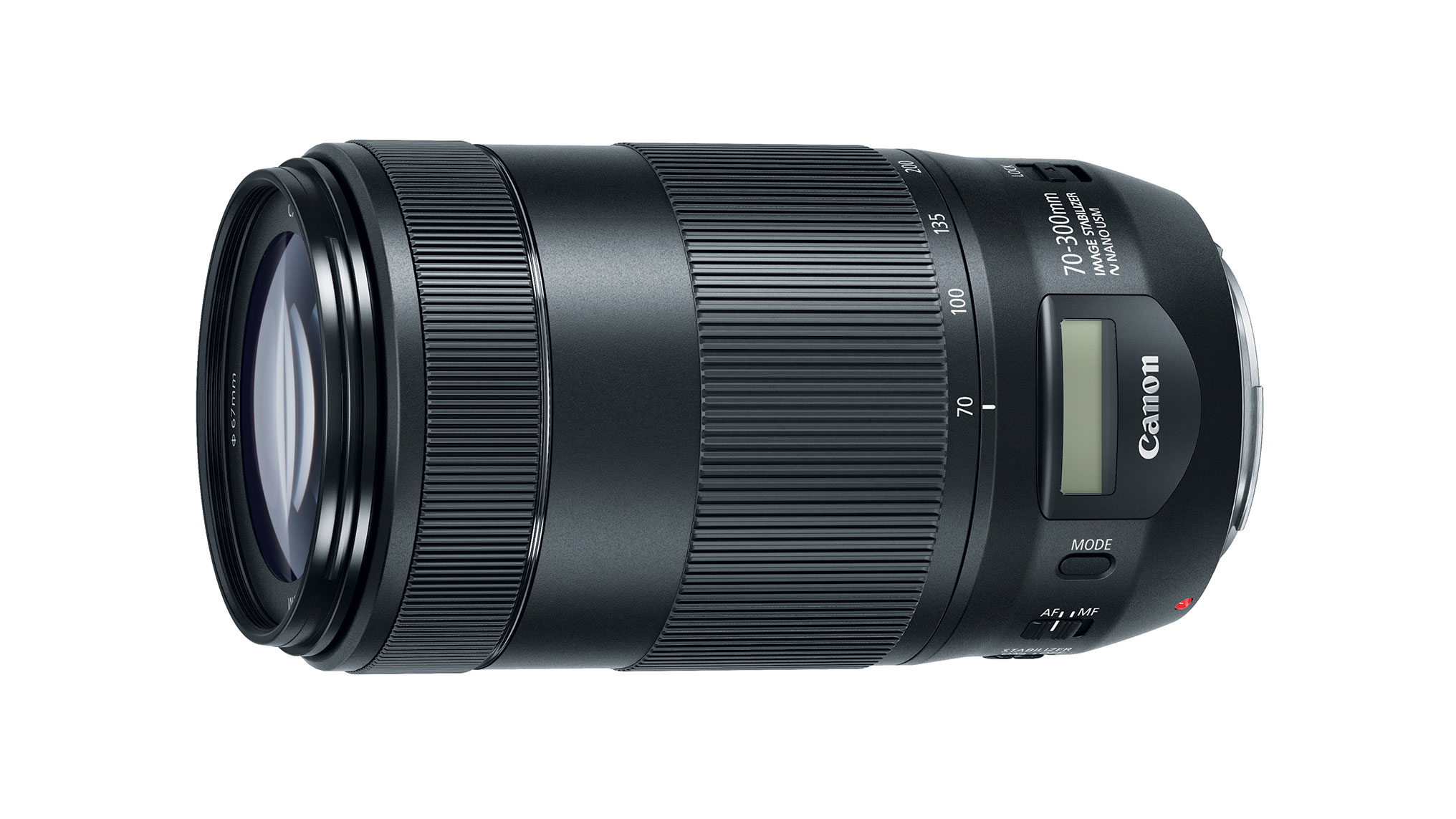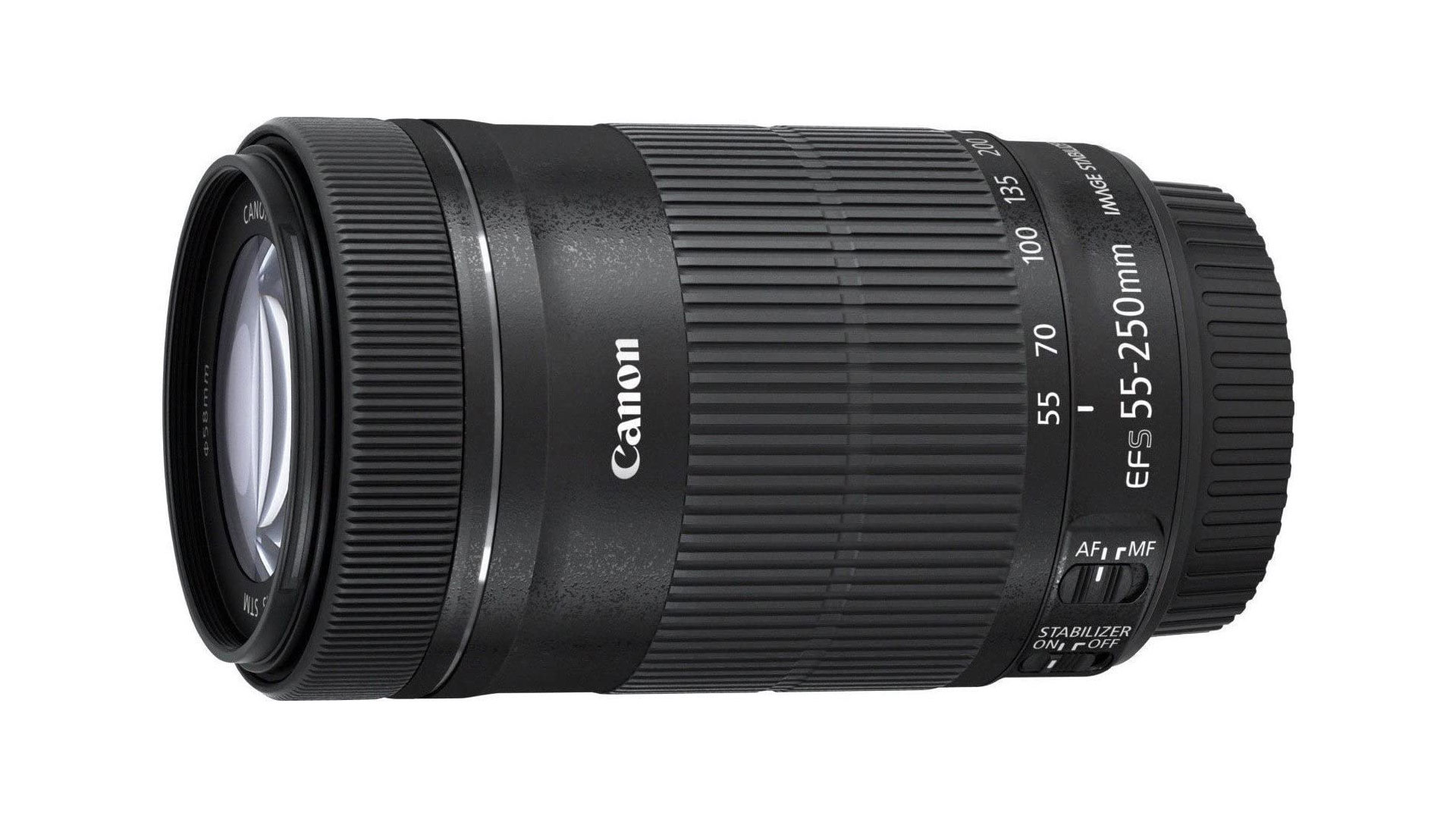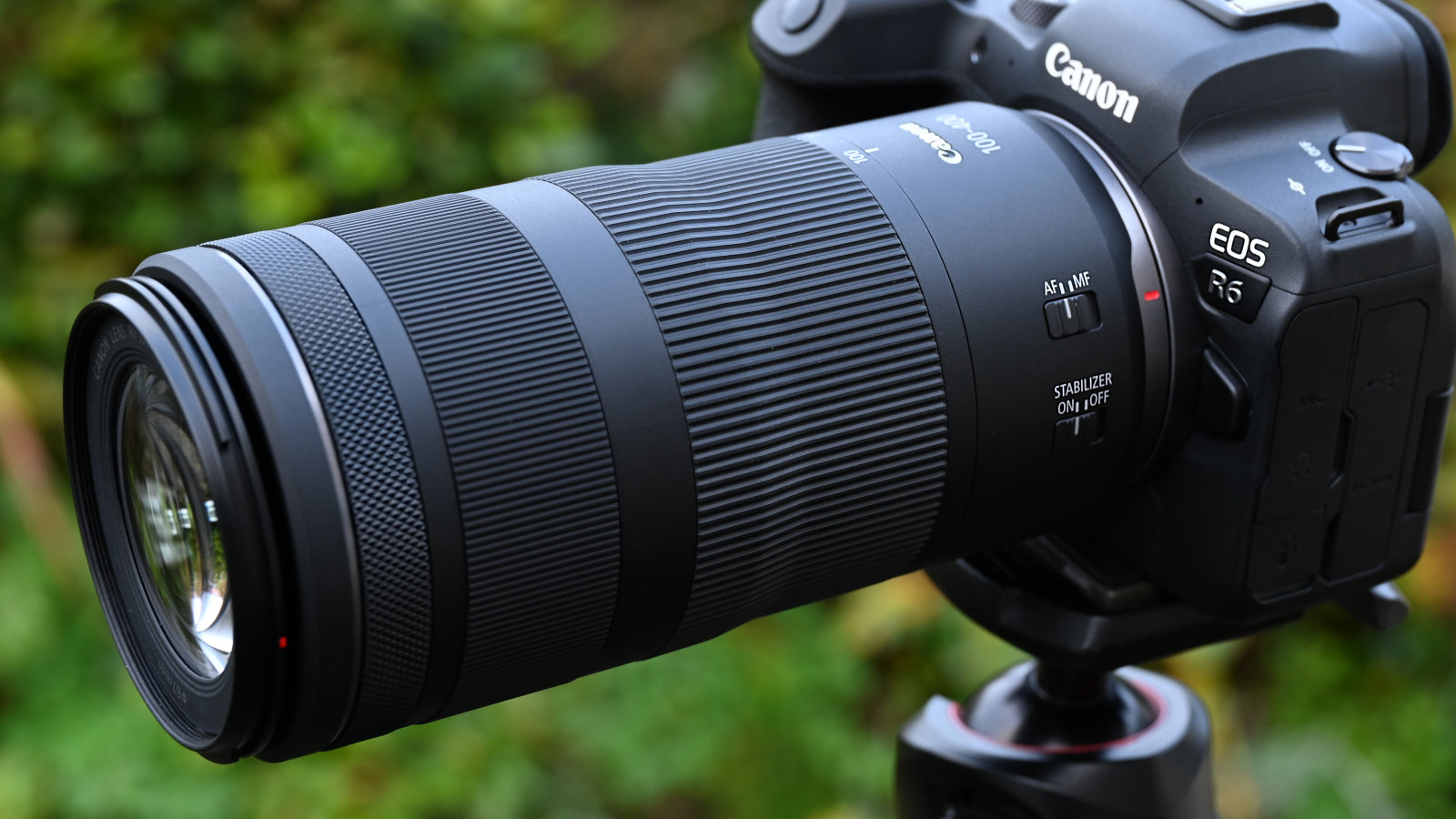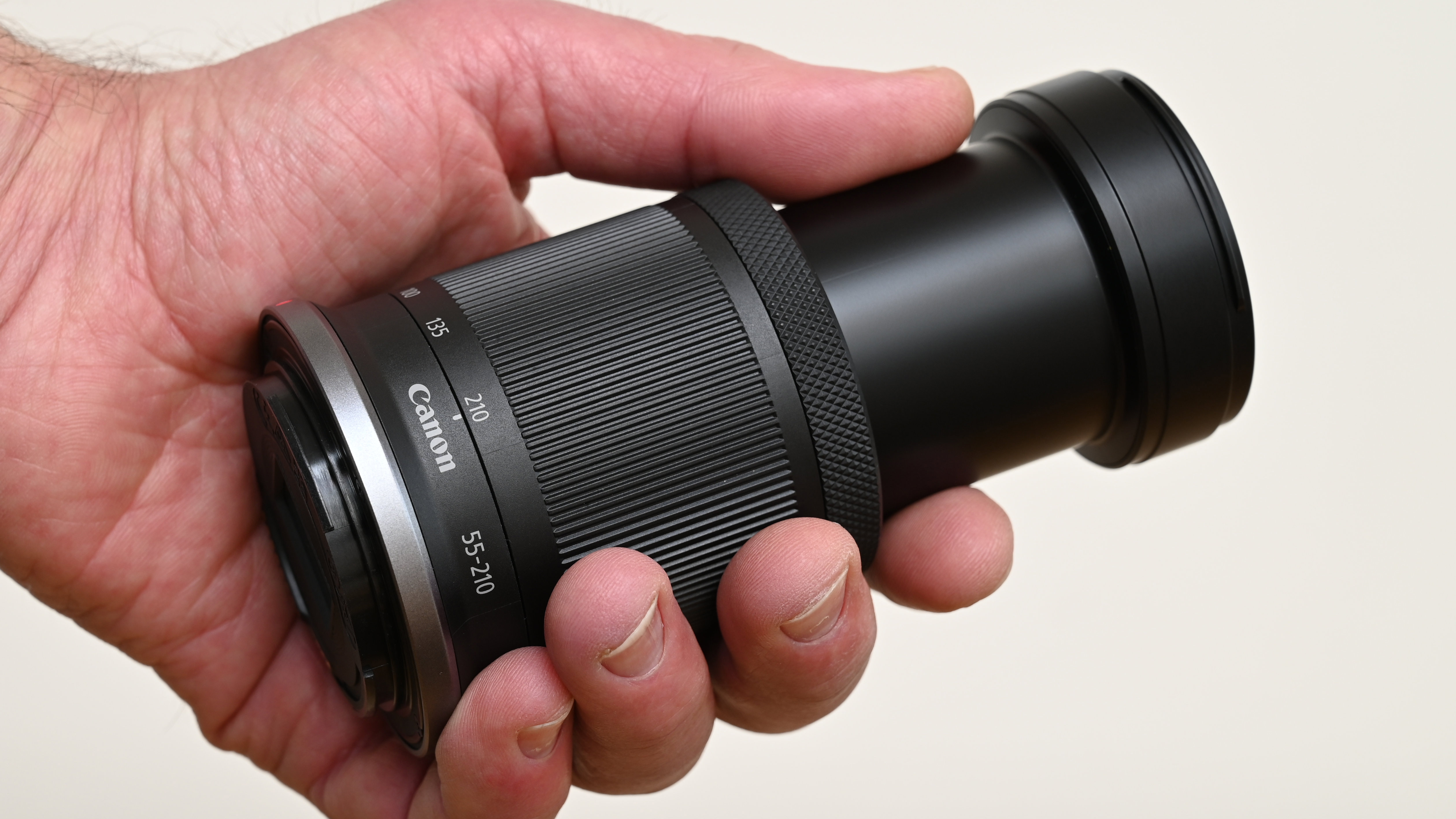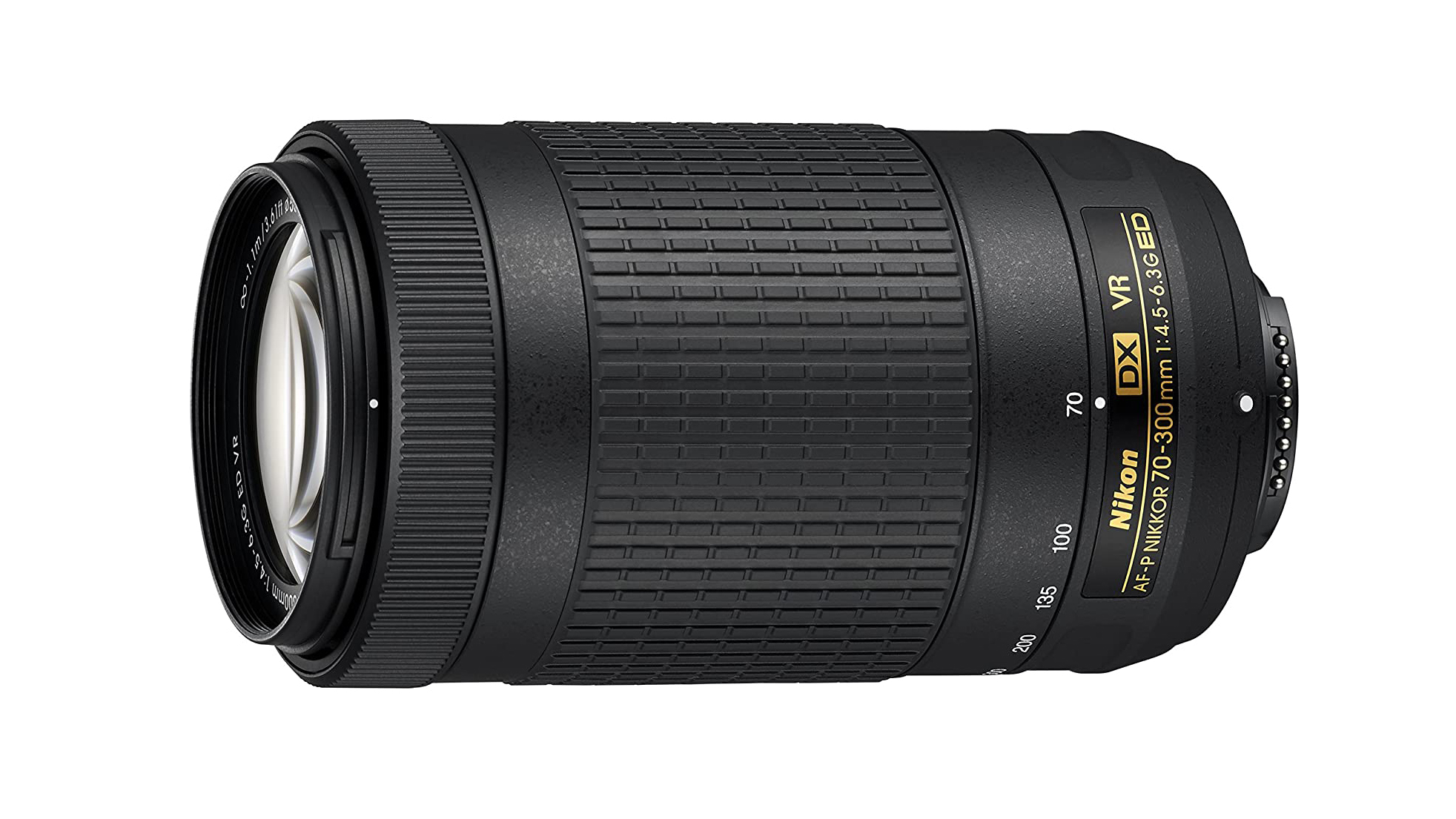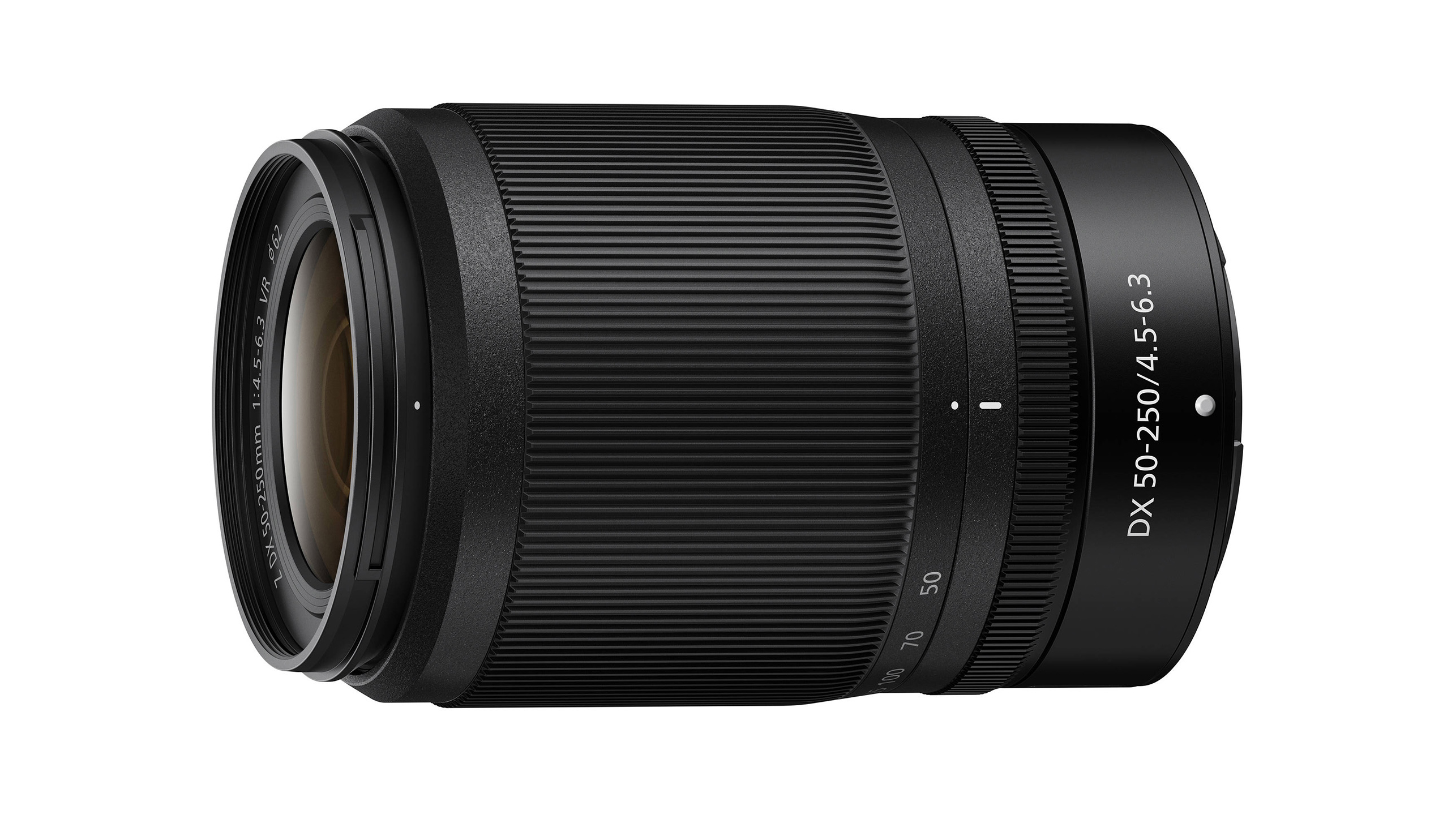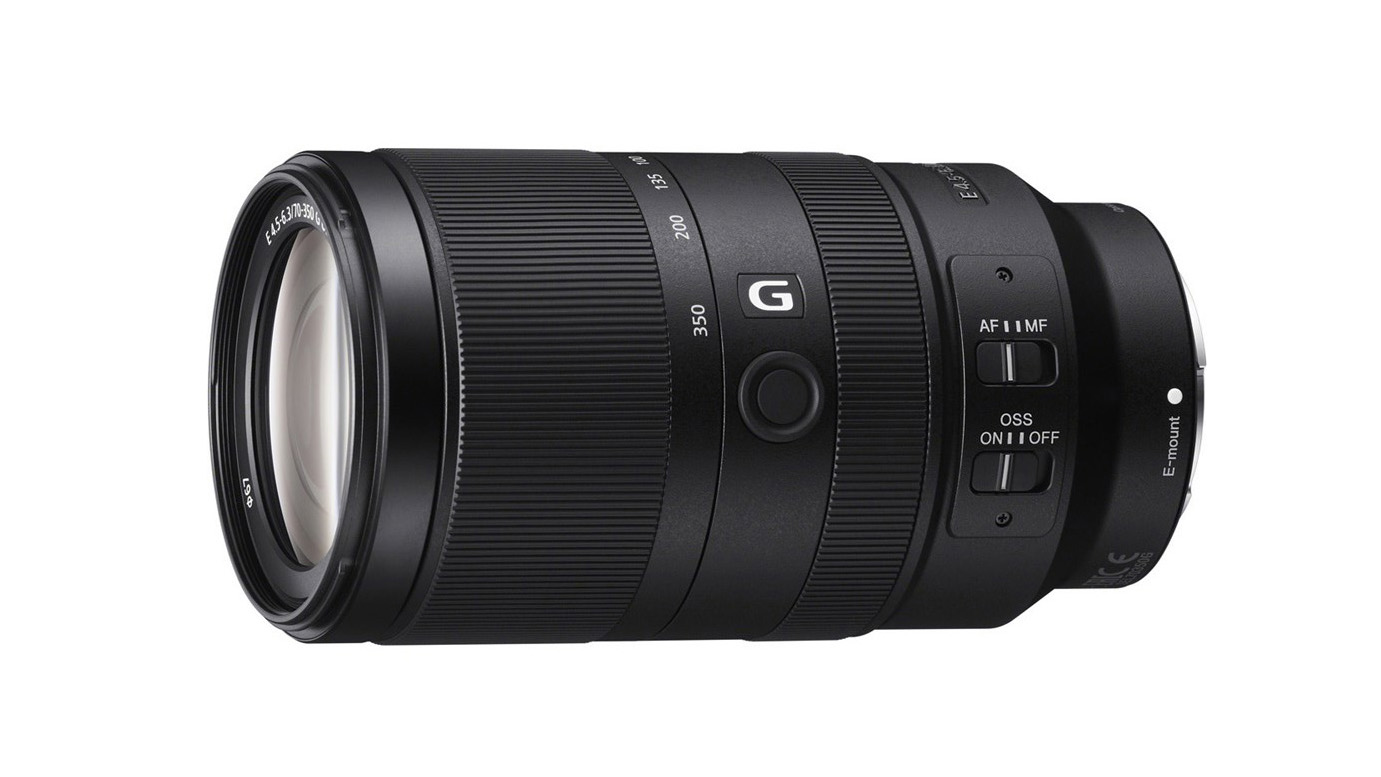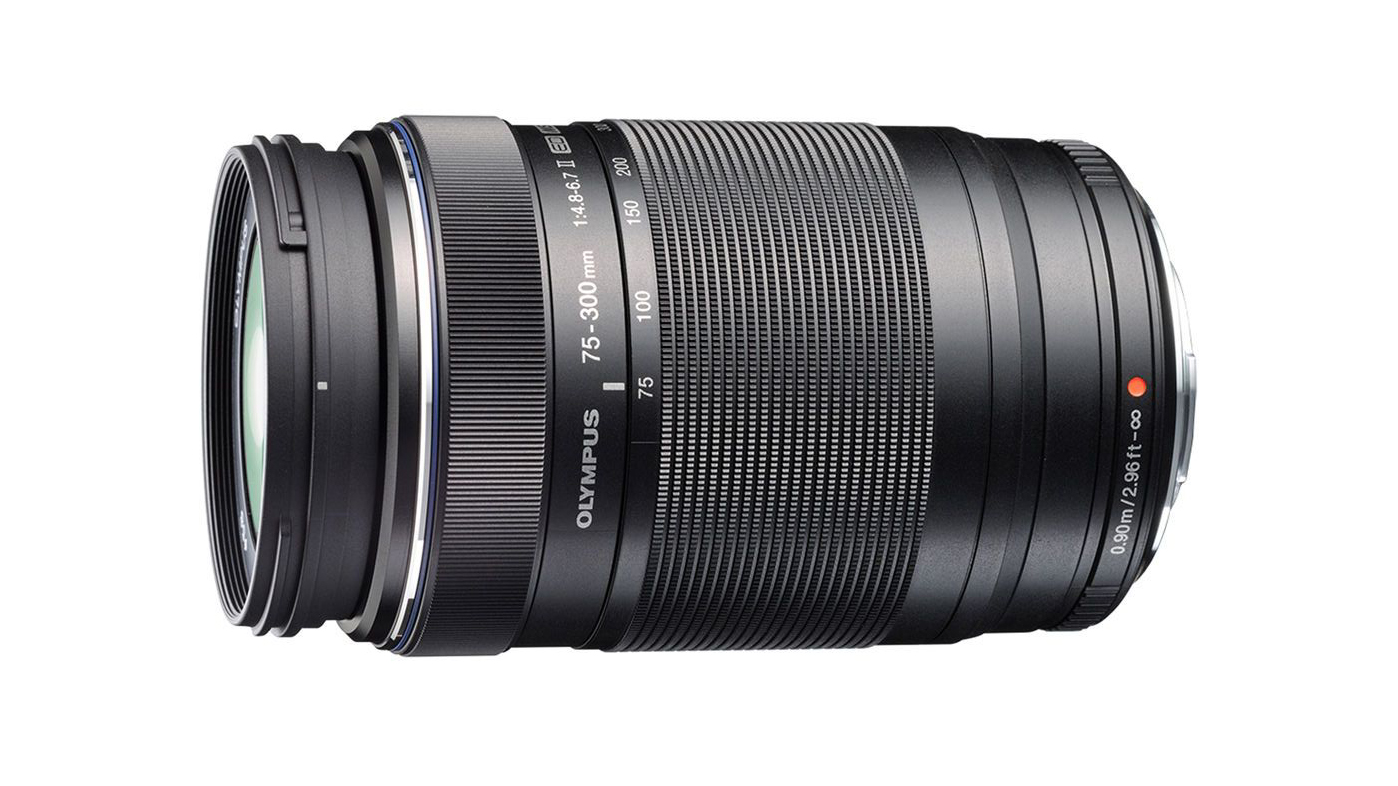The best budget telephoto lenses for Canon, Nikon, Sony and more
I pick the best budget telephoto zoom lenses for your camera system – big reach for a small outlay!
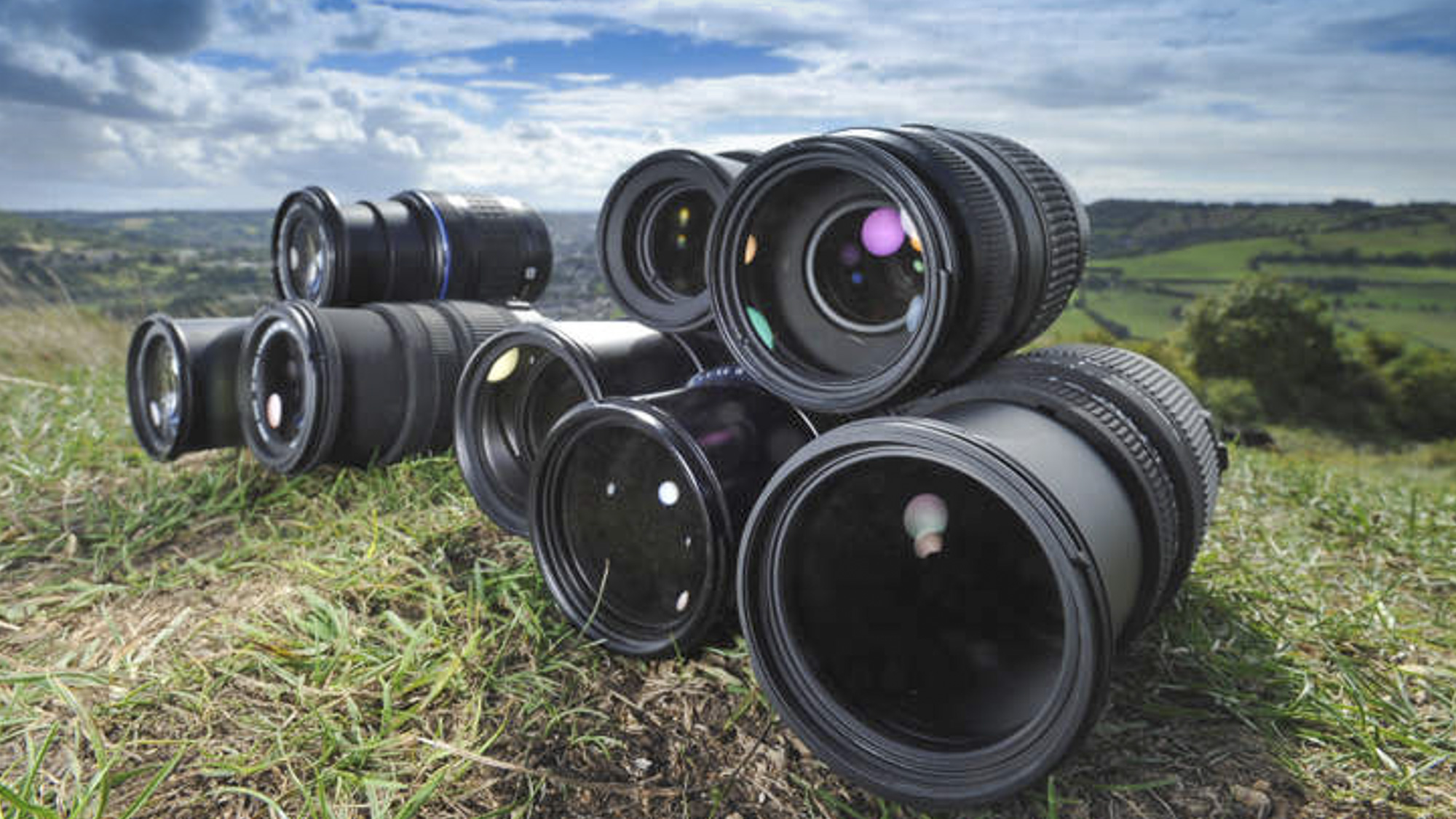
Telephoto lenses are well-known as the preferred tools of wildlife and sports photographers as they let you fill the frame with a subject in the distance. However, they have other uses too, and many architecture and landscape photographers like to keep a telephoto in their roster for the striking, tightly-cropped perspective they can deliver. For many new photographers, a telephoto is the first new lens they buy to supplement the kit lens that came with their camera.
Some of the best telephoto lenses can cost thousands of pounds so if you're just starting out in photography, chances are you're after something more affordable. Most budget telephotos tend to be zoom lenses for APS-C cameras, they generally have a plastic finish making them lighter and more compact than full-frame equivalents.
I've included a mix of camera manufacturers' own lenses and third-party alternatives in this guide, but either way, all of them are lenses I recommend as being well worth their price tag. I've also divided up my list by camera system, including Canon, Nikon, Sony, Pentax, Micro Four Thirds, and Fujifilm. So, let's get to the list of the best budget telephoto lenses you can buy right now.
The best budget telephoto lenses
Why you can trust Digital Camera World
Canon EF
Specifications
Reasons to buy
Reasons to avoid
This is one of the best budget telephotos we've reviewed, and is an excellent choice for practically any Canon user. It works with both APS-C and full-frame DSLRs, meaning it's a viable choice whatever stage of your photographic journey you're on, and even though it's an EF lens, it'll work seamlessly with EOS R or EOS M mirrorless cameras via the relevant adapters.
Thanks to the Nano USM autofocus system, you've got fast and accurate focusing at your fingertips, and as we noted in our review, there's a general step up in performance compared to previous versions of this lens. The 4-stop stabilisation is hugely useful, and the multi-mode info display gives you a quick readout on things like focus distance, depth of field and camera shake.
The handling is excellent, sharpness is commendable, and the price is right. This is quite simply one of the best budget telephoto lenses that Canon users can buy.
Canon EF 70-300mm f/4-5.6 IS II USM full review
Features ★★★★★ | High-end features include an info screen, 4-stop stabilization and rapid Nano USM autofocus. |
Design ★★★★★ | The design packs a lot into a small and lightweight package. It’s stylish and works as good as it looks. |
Performance ★★★★☆ | Image quality is very good overall, apart from edge-sharpness being a bit lackluster at the short end of the zoom range. |
Value ★★★★☆ | The lens itself is great value, except that the ‘optional’ hood sold separately is very pricey. |
Canon EF-S
Specifications
Reasons to buy
Reasons to avoid
About half the price of Canon’s full-frame 70-300mm tele zoom, this EF-S optic for APS-C format bodies is smaller, lighter and more affordable. It gives a powerful effective reach of 400mm (in 35mm equivalent terms) at the long end of its zoom range, while at the short end, it picks up where Canon's 18-55mm standard kit lens leaves off. An upgrade over the previous IS II model, the STM lens features redesigned optics and a stepping motor for powering autofocus, instead of a basic electric motor.
I like how the stepping motor enables smooth and virtually silent autofocus transitions that are well suited to both stills and video capture. The optical image stabilizer also performs well, with an effectiveness of about 3.5 stops. Handling is an improvement over previous generations of the lens, in that the focus ring no longer rotates during autofocus.
Canon EF-S 55-250mm f/4-5.6 IS STM full review
Features ★★★★☆ | A stepping motor-based autofocus system and optical image stabilization are the leading features. |
Design ★★★★☆ | It’s quite a basic design but does at least include focus mode and stabilization switches. |
Performance ★★★★☆ | Image quality and overall performance are good but short-zoom edge-sharpness could be better. |
Value ★★★★☆ | It’s good value if not entirely great and as usual with non L-series Canon lenses, you have to buy the hood separately. |
Canon RF
Specifications
Reasons to buy
Reasons to avoid
Budget telephoto lenses for EOS R-series mirrorless camera's aren't exactly commonplace, so the RF 100-400mm is as close as you'll get. With its 100mm shortest focal length, it's a little narrower than most options on this list, but if you're pairing it with a 24-70mm standard zoom, the missing 30mm between the two lenses isn't necessarily a deal-breaker. The upside is you get noticeably more 'reach' at the long end - 400mm - compared with the more typical 70-200/70-300mm alternatives.
Given it's straying into super-telephoto territory, the RF 100-400mm f/5.6-8 IS USM is actually fairly compact and lightweight - it looks and feels very much like shooting with a classic 70-300mm lens. Autofocus is super-fast, image stabilization is highly effective and image quality is impressive in all respects, with the only caveat that sharpness drops off noticeably when combining close focusing distances with the longest zoom setting. The aperture rating of f/8 at the long end of the zoom range might be a bit slower than some might like, but that’s the price you pay for the conveniently downsized design.
Canon RF 100-400mm f/5.6-8 IS USM full review

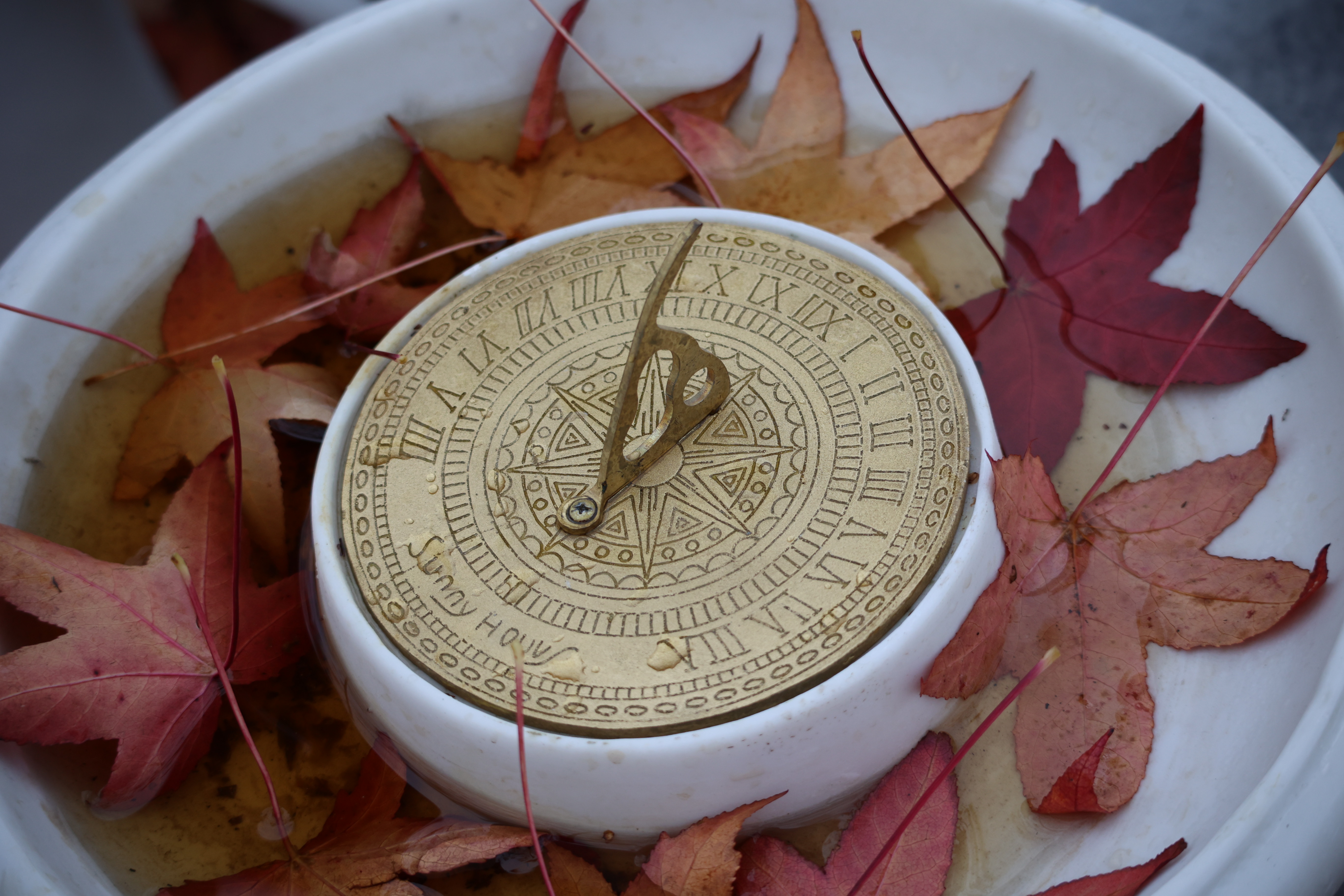
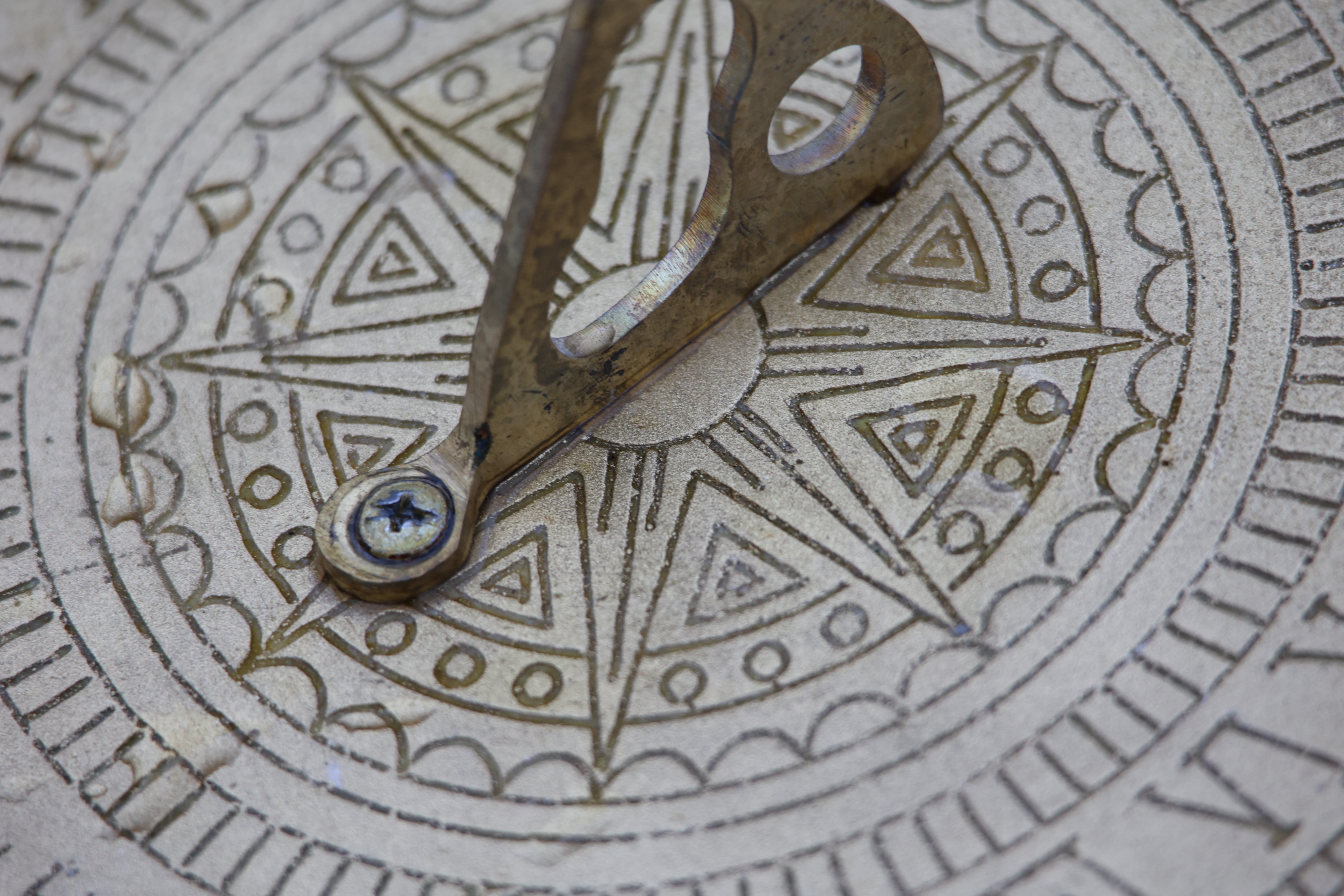
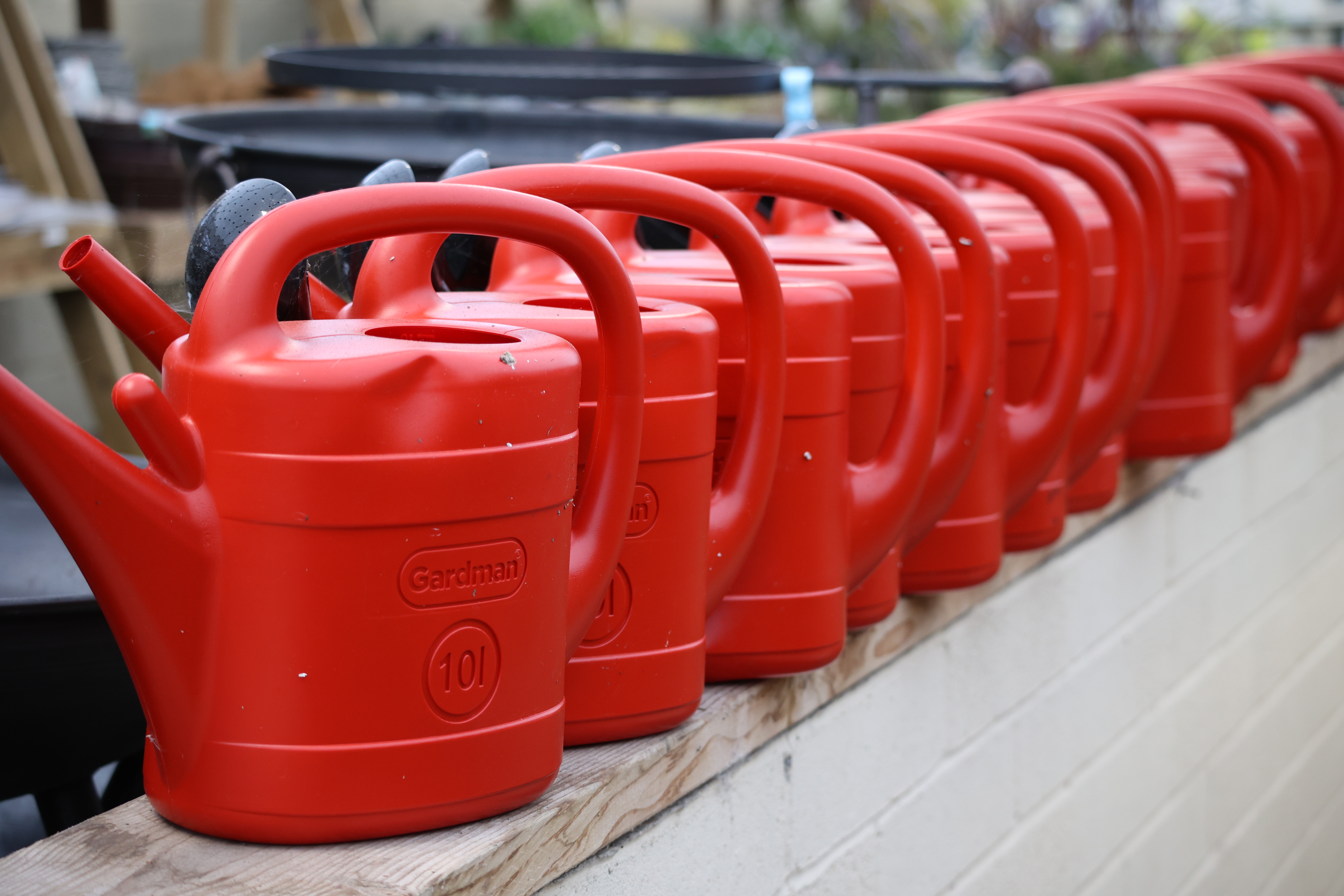
Features ★★★★★ | Top features include powerful optical image stabilization and fast autofocus. |
Design ★★★★☆ | There are switches for focus mode and stabilization but the telescoping inner barrel won’t be to everyone’s taste. |
Performance ★★★★☆ | It’s very good overall but edge/corner-sharpness is a bit lacking. |
Value ★★★★☆ | It looks and feels a bit like a 70-300mm zoom for the mirrorless age, but is rather more pricey. |
Canon RF-S
Specifications
Reasons to buy
Reasons to avoid
Native APS-C lenses for the Canon RF mount are still relatively rare, but if you're after a well-priced, travel-friendly telephoto, Canon has you nicely covered with the RF-S 55-210mm. At just 135mm long and 270g, it's well suited to small, lightweight cameras like the EOS R50 and R100. The 55-210mm focal range equates to 88-336mm in full-frame terms - impressive stuff for a lens so small it'll fit in the palm of your hand.
You even get fast autofocus and highly effective optical stabilization. The maximum available aperture is fairly slow here, but the high ISO performance of cameras like the R50, R7 and R10 mean a narrow aperture really isn't a deal-breaker like it might have been in years past.
Read more: Canon RF-S 55-210mm f/5-7.1 IS STM review



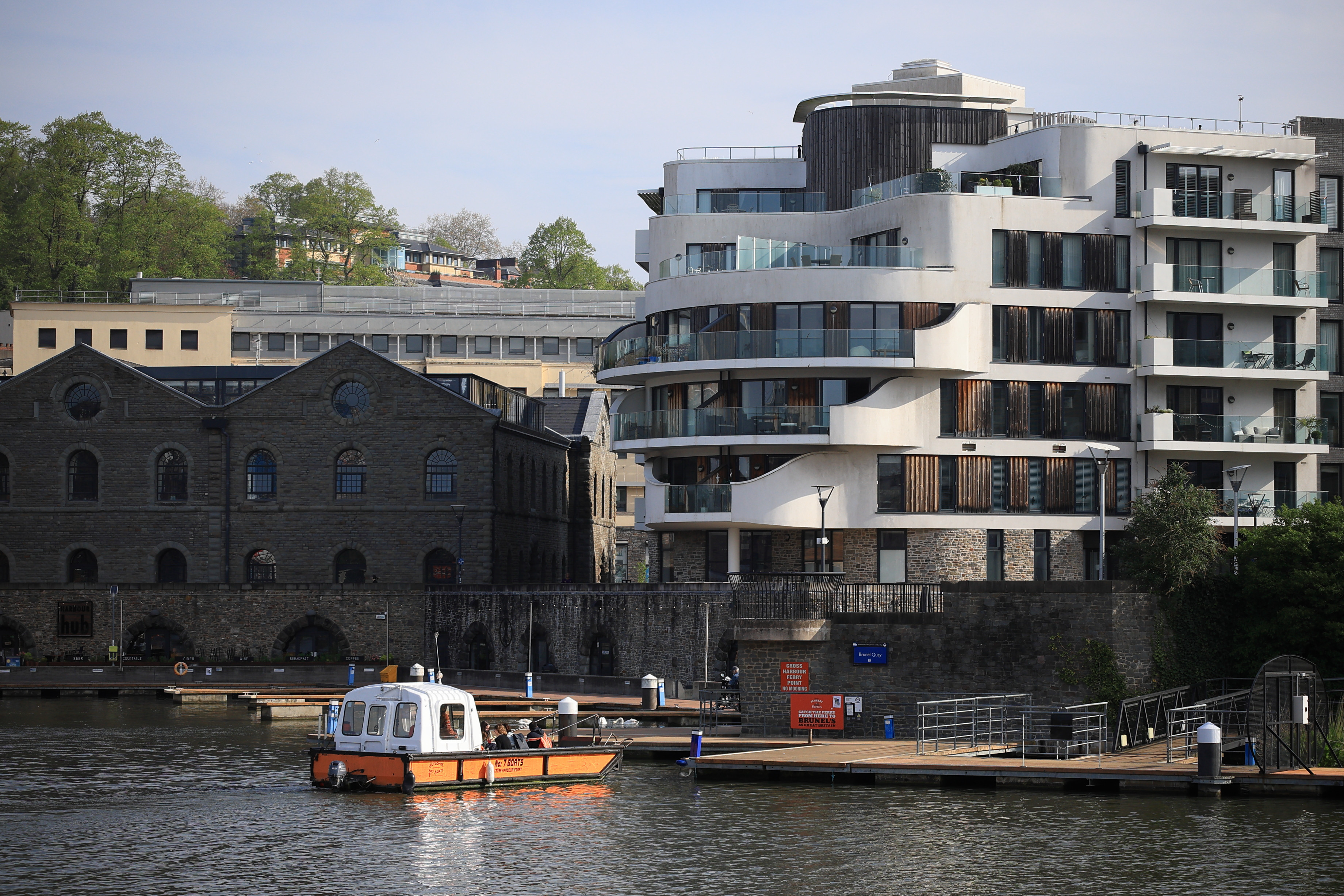
Features ★★★★☆ | Neat and tidy, the lens is quite minimalist and lacks any onboard switches for quickly shifting between auto/manual focus and optical stabilization on/off. |
Design ★★★★☆ | Optical stabilization is worth 4.5 stops, more with IBIS, but there are no weather-seals and the aperture rating is sluggish. |
Performance ★★★★☆ | Edge-sharpness could be better towards the long end of the zoom range but image quality and overall performance are pleasing. |
Value ★★★★☆ | It’s not a pricey lens but, as usual for Canon’s non L-series lens, there’s no hood included so you have to factor in that addition. |
Nikon F
Specifications
Reasons to buy
Reasons to avoid
Nikon is another manufacturer to jump on the stepping motor bandwagon: it’s used for autofocus in this AF-P (Pulse) lens. It’s available with or without VR (Vibration Reduction), and the edition without stabilization is a little cheaper to buy. Both are fully compatible with D3300, D3400, D3500, D5300, D5500, D5600 and D500 bodies, but completely incompatible with many older Nikon cameras like the D7000, where autofocus and even manual focusing are unavailable.
The 300mm focal length and 1.5x crop factor of Nikon’s DX format gives an effective reach of 450mm. It relies on a camera menu for switching off stabilization. In our lab tests, the non-VR version of the lens proved slightly sharper than the VR edition. However, the four-stop stabilizer is particularly effective in hand-held shooting, with the VR lens yielding more consistently sharp images.
Features ★★★★☆ | Good features include ED glass, ‘pulse’ motor autofocus, 4-stop optical stabilization and a 105-450mm effective zoom range. |
Design ★★★★☆ | The design feels a little basic, the lens has a plastic mounting plate and there are no weather-seals. |
Performance ★★★★☆ | Autofocus is fast (but incompatible with some older DSLRs), stabilization is effective and image quality is nice and crisp. |
Value ★★★★★ | It’s great value at the price but be aware that the lens hood is sold separately. |
Nikon Z
Specifications
Reasons to buy
Reasons to avoid
Available on its own or as part of some Nikon twin-lens camera kits, this telephoto lens has an effective 75-375mm zoom range in full-frame terms. Ideally matched to Z DX cameras, it has a compact and lightweight build. As with the companion Z 16-50mm standard zoom, downsizing and weight reduction are enabled by a retractable design, a relatively narrow f/6.3 at longer zoom settings, and the use of a plastic rather than metal mounting plate.
Unlike Nikon’s full-frame mirrorless cameras, DX bodies so far haven't featured in-body stabilization, so the inclusion of 5-stop optical VR is particularly welcome. Despite its light weight and lack of weather-seals, the build quality and handling of the lens is very good. Autofocus is fast and highly accurate, the multi-function control ring works well and image quality is impressively sharp, even when shooting wide-open.
Features ★★★★★ | Strong features include a 75-375mm ‘effective’ zoom range, fast autofocus and 5-stop optical stabilization. |
Design ★★★★★ | The retractable design makes for a small stowage size and the lens is refreshingly lightweight, although it has a plastic mounting plate. |
Performance ★★★★☆ | As advertised, autofocus is rapid and stabilization is very effective. Sharpness drops off a bit at the long end but is very good overall. |
Value ★★★★★ | As one of Nikon’s Z system (albeit DX format) lenses, it’s great value for money. |
Sony E
Specifications
Reasons to buy
Reasons to avoid
Sony's E 70-350mm f/4.5-6.3 G OSS is a really welcome addition to its lens line-up. It's fair to say that telephoto zooms have been a bit thin on the ground for Sony, but this 70-350mm lens looks to change that. Designed specifically for APS-C format Sony E-mount cameras, where it has a ‘super-telephoto’ 5x zoom range equating to 105-525mm on a full-frame body, it's an incredibly versatile optic suited to a range of subjects.
However, the APS-C format does mean that if you're an A7 or A9 series shooter, this lens isn't compatible. The good news is that this 70-350mm doesn't disappoint on an A6000 series cameras - it delivers big on performance, is refreshingly small and lightweight for handheld shooting, and comes complete with a powerful optical stabilization system.


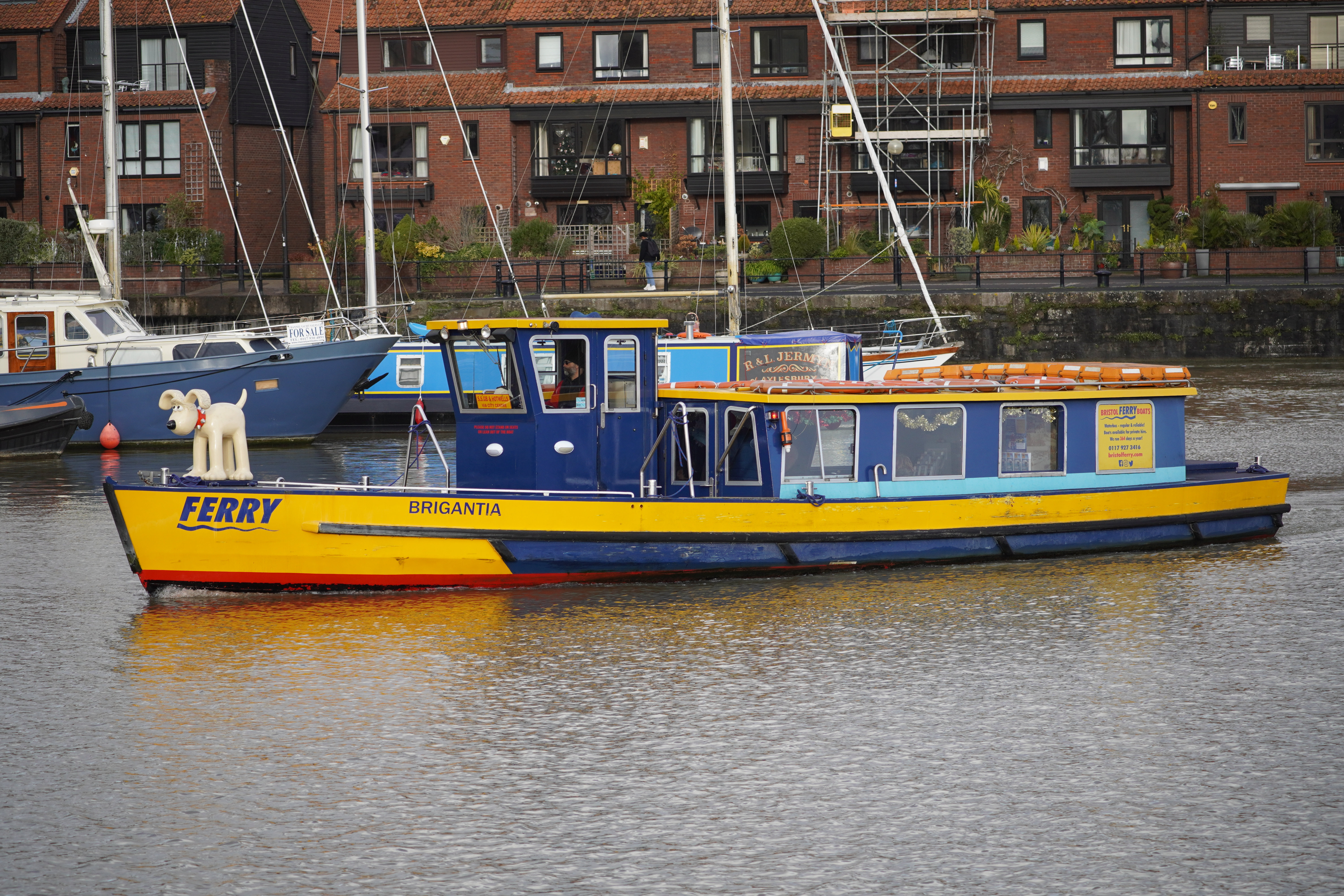
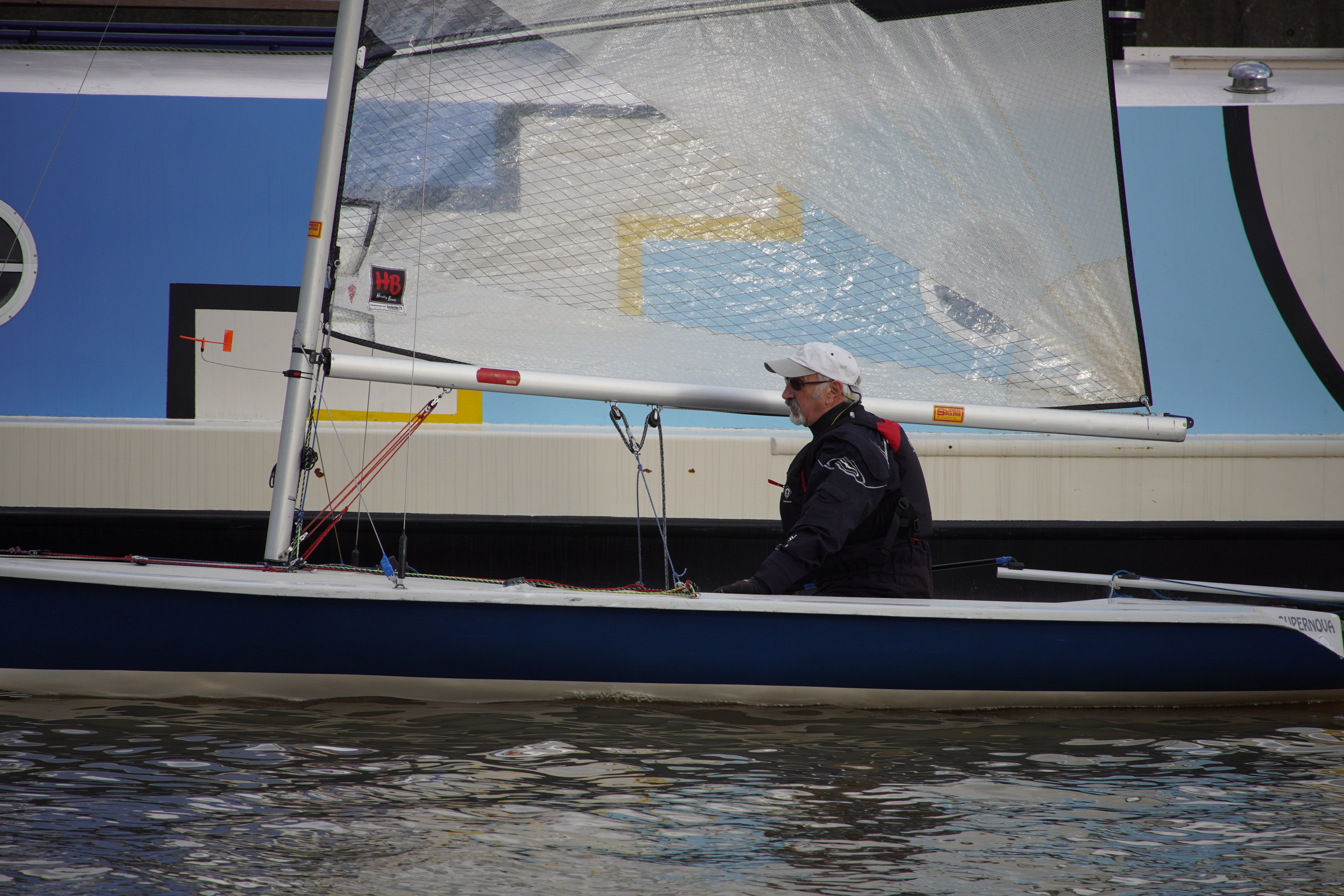
Features ★★★★★ | High-end features include a function button, AF/MF switch and optical stabilization. |
Design ★★★★★ | G-series quality comes to this APS-C format lens with up-market design and weather-seals. |
Performance ★★★★★ | It’s impressively sharp and the XD linear motor-driven autofocus system is fast and snappy. |
Value ★★★★☆ | This is a pricey telephoto zoom for an APS-C format lens but worth the outlay. |
Micro Four Thirds
Specifications
Reasons to buy
Reasons to avoid
Boosted by the 2x crop factor of the Micro Four Thirds system, this 75-300mm lens delivers a mammoth effective zoom range of 150-600mm. Its build quality feels a little more robust than in some of the other lenses on test, with a metal rather than plastic mounting plate. A stepping motor enables quick yet smooth autofocus transitions, along with electronically coupled manual focusing.
There are no on-board switches or controls, other than the zoom and focus rings. There's also no optical image stabilization, the lens instead relying on in-camera, sensor-shift stabilization. Autofocus is fast and accurate, and manual focusing is precise. Image quality is pleasing, although sharpness at the long end of the zoom range proved disappointing in our tests.
Olympus M.Zuiko 75-300mm f/4.8-6.7 II review
Read more: Best Micro Four Thirds lenses



Features ★★★★☆ | The big feature of this lens is its ‘effective’ zoom range, which equates to 150-600mm in full-frame terms, but there’s no optical stabilizer. |
Design ★★★★☆ | There aren’t any fancy handling frills but the design features good glass and coatings. |
Performance ★★★★☆ | Autofocus is fast and snappy but sharpness could be better at the long end of the zoom range. |
Value ★★★★★ | Sure, it’s a budget lens rather than a pro-grade optic but even so, it’s very good value for money. |
Fujifilm XF
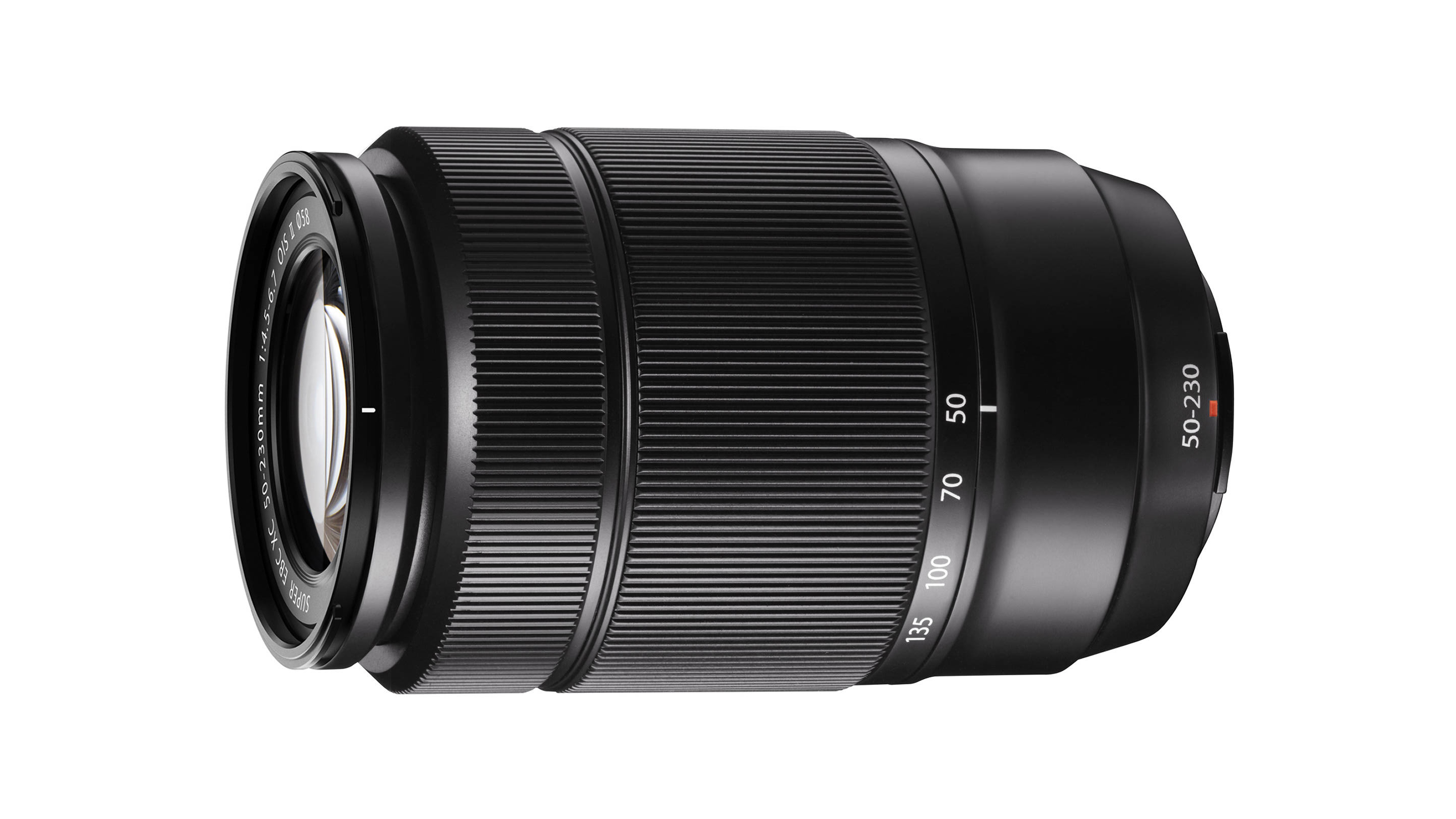
Specifications
Reasons to buy
Reasons to avoid
The modest zoom range of this lens is boosted by Fujifilm’s 1.5x APS-C crop factor, giving a useful maximum effective reach of 345mm (in 35mm terms). With the usual stepping motor autofocus, manual override of autofocus and fully manual focusing are available via an electronically coupled ‘fly-by-wire’ focus ring. Focus modes and operation of the 3.5-stop optical image stabilizer are selected via camera menus; the lens lacks control switches.
The mounting plate is plastic rather than metal, and the overall build feels lightweight. Sharpness and contrast are good throughout most of the zoom range, even at the widest available apertures. Autofocus speed is pretty good under decent lighting, but coupled with our Fujifilm X-T10 body, we experienced some autofocus hunting and false positives for focus acquisition in dull conditions.
Fujinon XC50-230mm f/4.5-6.7 OIS II review
Features ★★★★☆ | The generous zoom range equates to 76-350mm in full-frame terms and there’s optical image stabilization. |
Design ★★★☆☆ | The lens is super compact and lightweight but has a plastic mounting plate and no weather-seals. |
Performance ★★★☆☆ | In our tests, we found that overall performance was pretty good but sharpness could be better. |
Value ★★★★☆ | It’s certainly an affordable telephoto zoom, making it good value for money. |
Lab data and comparisons
The graphs below show the comparative performance of the lenses in this guide, based on our in-house lab tests. The Canon RF 100-400mm and Sony E 70-350mm lead the way for sharpness, with the Fujifilm XC 50-230mm following close behind and the OM System 75-300mm brining up the rear. The Nikon AF-P DX 70-300mm is the worst of the bunch for color fringing, while the Sony E 70-350mm has the worst averaged score for uncorrected distortion.
Scores for sharpness and color fringing are averaged from data taken across the entire image frame, from the center to the edges and corners, throughout the aperture range. For zoom lenses, the scores are also averaged from data measured at all marked focal lengths, and the same applies to distortion. Bear in mind that these average values don't fully reflect specific areas of performance. For example, a zoom lens might have noticeable barrel and pincushion distortion at its shortest and longest focal lengths respectively, which tends to average out when looking at the data overall. For more detailed graphs of each lens's performance, which give the full picture, check out the graphs in our full standalone lens reviews.
How we test lenses
The lens experts in our testing lab run a range of tests under controlled conditions, using the Imatest Master testing suite. Photos of test charts are taken across the range of apertures and zooms (where available), then analyzed for sharpness, distortion and chromatic aberrations.
We use Imatest SFR (spatial frequency response) charts and analysis software to plot lens resolution at the centre of the image frame, corners and mid-point distances, across the range of aperture settings and, with zoom lenses, at four different focal lengths.
There's more to it than just the technical side, though! Beyond the lab, our reviewers test lenses in real-world environments – and sometimes on professional shoots! We work with lenses both indoors and outdoors, in studio conditions and in natural light, with as many different subjects as is possible (or appropriate – there's no point testing a landscape lens' ability to shoot a portrait!).
We take into account everything from handling and ease of use to speed of autofocus and the overall quality of the images produced.
Find out more about how we test and review on Digital Camera World
The best camera deals, reviews, product advice, and unmissable photography news, direct to your inbox!
Phil is the Managing Editor of Top Ten Reviews, and is a former Editor of Techradar's camera channel. He is an accomplished photographer, and specializes in shooting cycling and fast cars.
